Stepping back in time, the "Immersive Guided Tour of Tours in the 13th Century" offers a captivating opportunity to explore the vibrant medieval history of this pivotal French city. Led by the knowledgeable Mahaut, the journey delves into Tours’ significance as a center of pilgrimage and trade, shedding light on the roles of women, the economic rise, and the rich cultural tapestry that defined this dynamic period. From iconic landmarks to insights into the organization of urban militias, this immersive experience promises to transport participants back to the heart of the 13th century, leaving them eager to uncover more about this fascinating era.
This experience made our list of the 17 Best Tours In Tours France.
Key Points
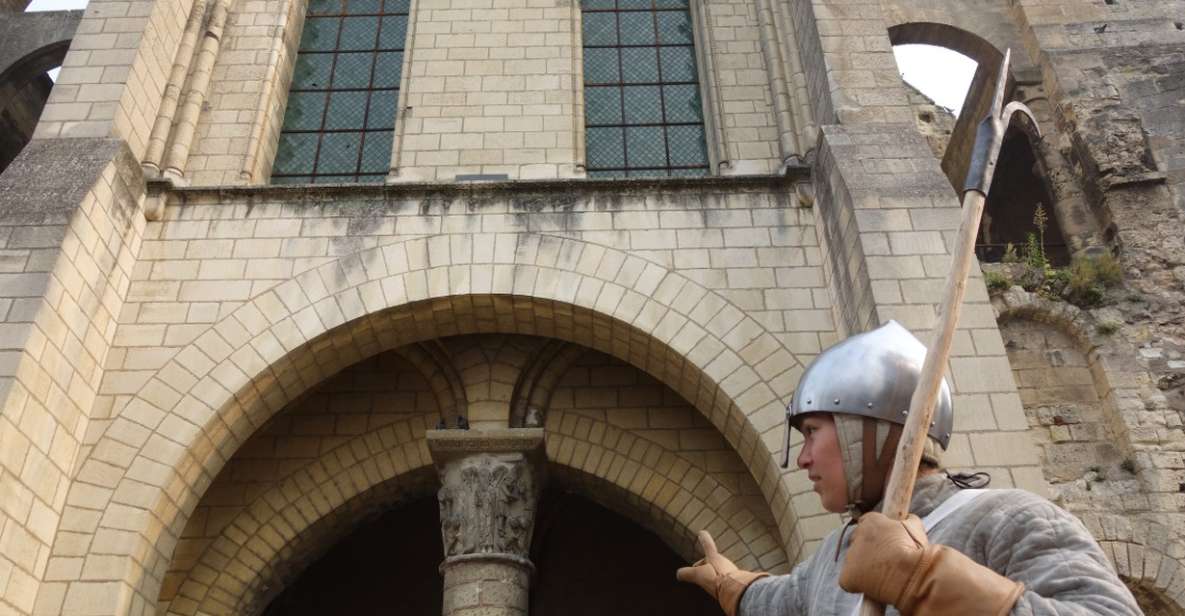
-
Guided tour by Mahaut, daughter of a militiaman, exploring the medieval history and significant roles of women in 13th century Martinopole (Tours).
-
Visits to iconic sites like Place Plumereau, rue du change, and tour de l’horloge to immerse participants in the pilgrimage and trade center’s history.
-
Emphasis on the strategic location of Martinopole on the Loire River, which fueled its economic growth and transformation into a commercial powerhouse.
-
Participants wear historical outfits to enhance the immersive experience and gain insights into the roles of urban militias in maintaining order and security.
-
Exploration of the social and cultural impacts of the Crusades on Martinopole’s economy, power structures, and traditional roles within the community.
Tour Overview and Details
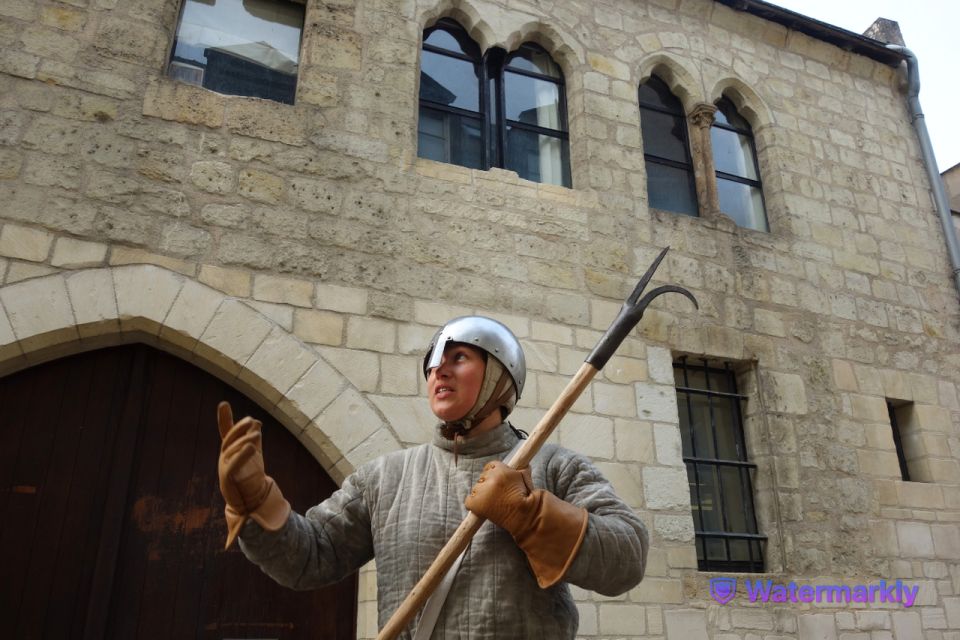
The immersive guided tour of 13th-century Tours costs €20.00 per person and lasts 1.5 hours, led in the French language.
Participants meet at the Placis de la Lamproie in Tours. The tour offers free cancellation up to 24 hours in advance for a full refund.
It’s suitable for all ages, though not recommended for children under 7. Guided by Mahaut, the daughter of a militiaman, the interactive experience explores Martinopole’s history as a center of pilgrimage, trade, and female warriors.
Visitors will see iconic sites like the Place Plumereau, rue du change, and tour de l’horloge, all while wearing historical outfits.
You can also read our reviews of more guided tours in Tours France
Tour Experience and Highlights
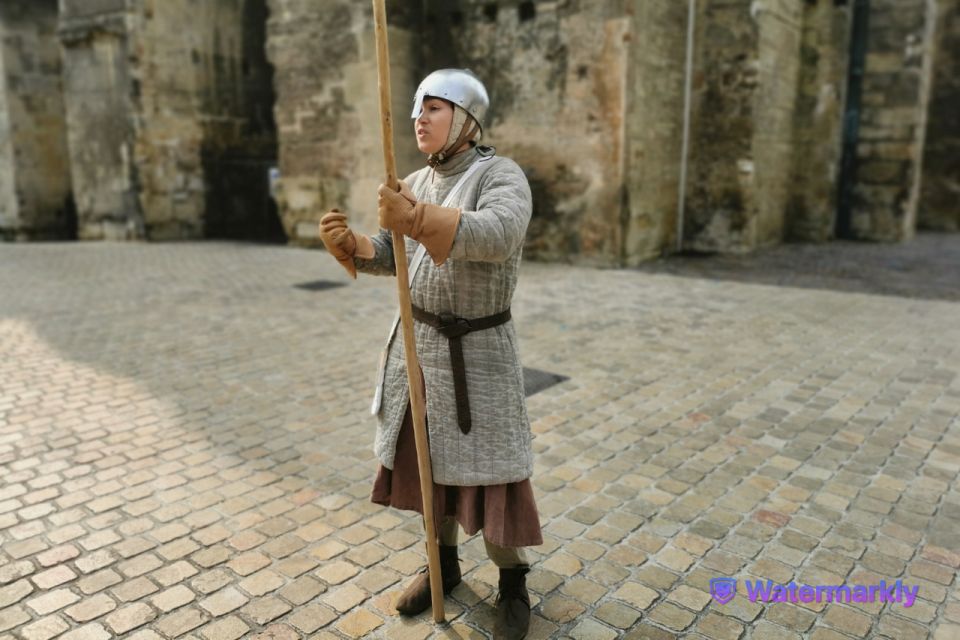
Guided by Mahaut, the daughter of a militiaman, the immersive tour offers participants a chance to explore Martinopole’s rich history as a center of pilgrimage, trade, and female warriors.
Visitors will venture through iconic sites like the Place Plumereau, rue du change, and the tour de l’horloge, all while learning about the city’s division into two poles under Philip Augustus.
The interactive tour features historical outfits, allowing guests to truly enjoy the 13th-century atmosphere.
Suitable for all ages, the tour provides a unique opportunity to discover the significant roles women played in medieval society, exemplified by Mahaut’s own story.
Historical Context
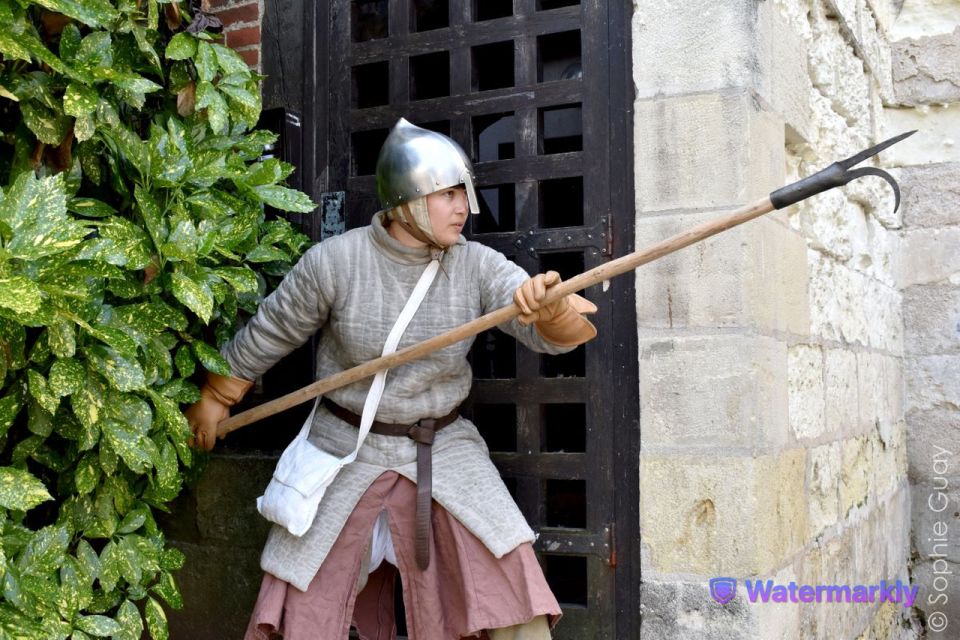
During the 13th century, the city of Tours was divided into two distinct poles under the rule of Philip Augustus. In the east, the Bishop reigned over the cathedral, which was under construction. In the west, the district of Martinopole flourished around the abbey, attracting both pilgrims and merchants. This historical context highlights the focus on women’s roles in medieval society, exemplified by the story of Mahaut, the daughter of a militiaman who will guide the tour.
| Religious Orders | Economic/Political |
|---|---|
| Bishop’s authority | Merchant district |
| Cathedral construction | Pilgrimage site |
| Crusades impact | Currency creation |
Pilgrimage and Religious Orders
On the western side of Tours, the district of Martinopole revolved around the abbey, which attracted a steady flow of pilgrims seeking spiritual fulfillment.
These travelers came from far and wide, drawn by the promise of holy relics and the opportunity to pray at the abbey’s altars.
The religious orders that managed the abbey played a crucial role in catering to the needs of the pilgrims, providing shelter, food, and guidance.
This influx of pilgrims also boosted the local economy, as merchants and tradespeople catered to the visitors’ demands.
The abbey’s influence extended beyond the religious sphere, shaping the very fabric of Martinopole’s society and culture.
More Great Tours NearbyEconomic and Political Rise
Martinopole’s strategic location on the banks of the Loire River and its proximity to major trade routes fueled its economic and political ascension in the 13th century.
The district became a thriving center of commerce, attracting merchants and artisans from across the region. This influx of wealth and population led to the hotel of new markets, guilds, and administrative structures.
The rise of a prosperous merchant class challenged the traditional power of the clergy and nobility, leading to political tensions that would shape the district’s development in the years to come.
Mahaut’s tour explores how these economic and social changes impacted the daily lives of Martinopole’s residents.
- From Tours: Chambord, Chenonceau & Lunch at Family Chateau
- From Tours: Full-Day Guided E-Bike Tour to Chambord
- From Tours/Amboise: Chenonceau & Chambord Chateaux Day Trip
- Tours/Amboise: Private Tour Azaylerideau Langeais Villandry
- Tours: Private Guided Walking Tour
- Private Walking Tour of Tours Historical Center
Creation of New Currency
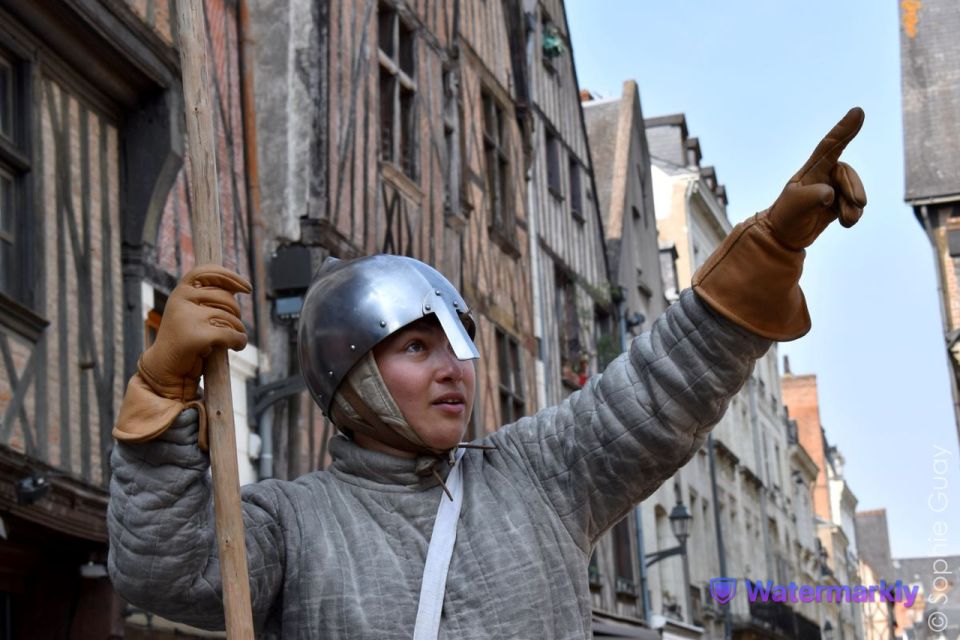
The creation of a new currency in Martinopole reflected the district’s growing economic prominence in the 13th century.
As pilgrims and merchants flocked to the thriving area, the need for a standardized medium of exchange became increasingly apparent. The local authorities responded by minting their own coins, which allowed them to better regulate trade and commercial transactions.
This newfound financial autonomy strengthened Martinopole’s position, fueling its continued expansion and solidifying its status as a key economic hub within the larger Tours region.
The introduction of this specialized currency symbolized the district’s transition from a mere religious center to a bustling commercial powerhouse.
Organization of Urban Militias
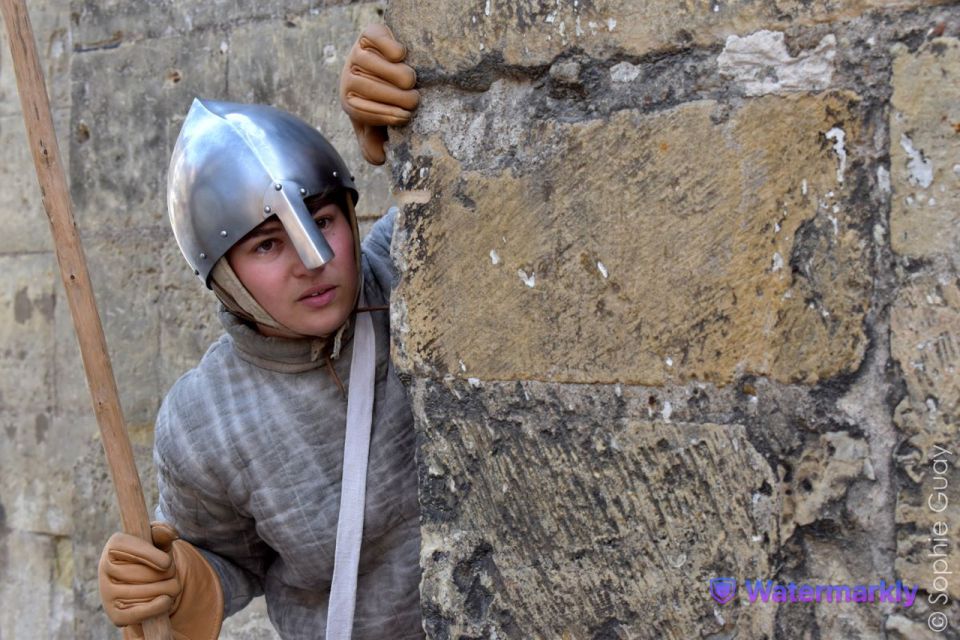
As Martinopole’s economic prominence grew, so too did the need to protect its burgeoning wealth and commercial interests. This gave rise to the organization of urban militias, which became a vital component of the district’s defense system.
These citizen-soldier units were trained and equipped to safeguard the town’s merchants, pilgrims, and inhabitants. Their responsibilities included:
- Patrolling the streets and city walls
- Responding to emergencies and disturbances
- Assisting with the enforcement of local laws and regulations
- Providing support during times of conflict or unrest
- Participating in ceremonial events and public displays of power
The militias played a crucial role in maintaining order and security within the thriving medieval town of Martinopole.
Crusades and Social Impact
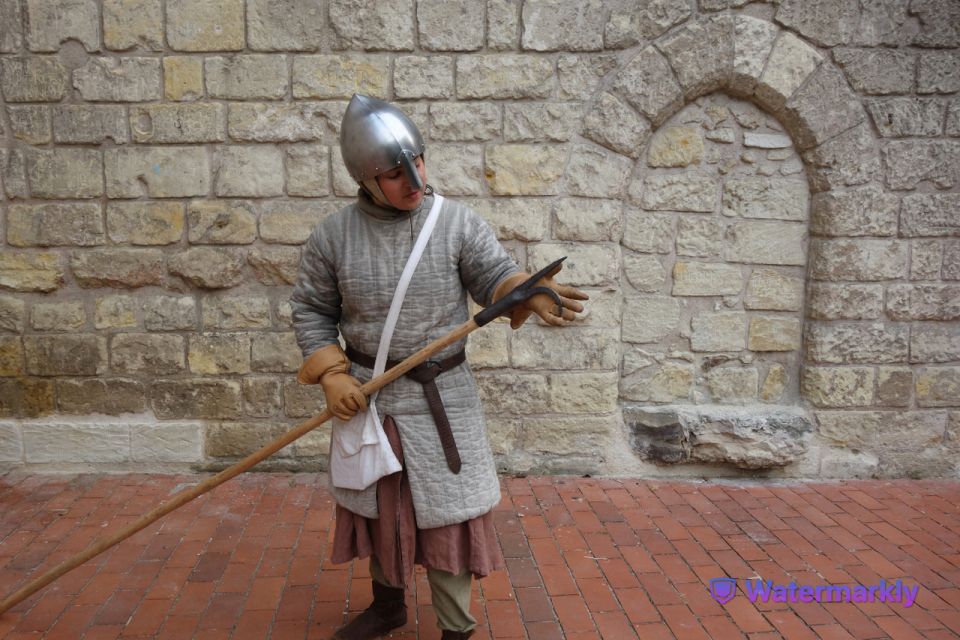
Several major Crusades occurred during the 13th century, profoundly impacting the social fabric of medieval European societies.
The Crusades drew thousands of men away from their homes for extended periods, disrupting local economies and power structures. The influx of wealth and new goods from distant lands also transformed trade and commerce.
Returning Crusaders introduced new cultural influences, sparking changes in art, architecture, and even language. Plus, the religious fervor of the Crusades fueled persecutions and expulsions of religious minorities like Jews.
These sweeping social changes reverberated through towns like Tours, altering the traditional roles and expectations for both men and women in the medieval community.
Frequently Asked Questions
Do I Need to Bring Any Special Equipment for the Tour?
No special equipment is required for the tour. Participants should wear comfortable walking shoes and dress appropriately for the weather. The interactive tour ensures an immersive experience without the need for any additional gear.
Is the Tour Suitable for People With Mobility Issues?
The tour is generally suitable for those with mobility issues, but it’s best to check with the tour operator in advance. They may be able to accommodate specific needs or provide guidance on accessibility.
Can I Take Photographs During the Tour?
Participants can take photographs during the tour. The guided experience encourages visitors to capture memorable moments and enjoy the historical setting. However, the tour provider kindly requests that flash photography be avoided to preserve the authentic ambiance.
What Is the Dress Code for the Tour?
The tour encourages participants to dress in historical outfits. However, casual, comfortable clothing is also acceptable. The interactive nature of the tour allows visitors to fully enjoy the medieval atmosphere of 13th-century Tours.
Are There Any Breaks During the 1.5-Hour Tour Duration?
The tour doesn’t mention any scheduled breaks during the 1.5-hour duration. However, as it’s an interactive experience, there may be opportunities for brief stops or moments to rest, depending on the group’s needs and pace.
Sum Up
The "Immersive Guided Tour of Tours in the 13th Century" offers a unique opportunity to step back in time and experience the vibrant culture and history of this important pilgrimage and trade center. Led by Mahaut, you will gain fascinating insights into the lives of women, the economic rise, and the social impact of events like the Crusades that defined this dynamic period in Tours’ past.
You can check availability for your dates here:More Guided Tours in Tours France
More Tours in Tours France
- From Tours: Afternoon Loire Valley Wine Tour to Vouvray
- Tours Gourmet Food Walking Tour Discover Touraines Flavors
- Afternoon – Loire Valley Wine Tour From Tours or Amboise
- Tours: Visit to the Historic Heart of the City.
- Tours: Private Walking Tour of the Historical Center
- Full Day Loire Valley Wine Tour With Lunch: Vouvray & Chinon
More Tour Reviews in Tours France
- From Tours: Afternoon Loire Valley Wine Tour to Vouvray
- Tours Gourmet Food Walking Tour Discover Touraines Flavors
- Afternoon – Loire Valley Wine Tour From Tours or Amboise
- Tours: Visit to the Historic Heart of the City.
- Tours: Private Walking Tour of the Historical Center
- Full Day Loire Valley Wine Tour With Lunch: Vouvray & Chinon
Not for you? Here's more nearby things to do in Tours France we have reviewed
- From Tours: Afternoon Loire Valley Wine Tour to Vouvray
- Tours Gourmet Food Walking Tour Discover Touraines Flavors
- Afternoon – Loire Valley Wine Tour From Tours or Amboise
- Tours: Visit to the Historic Heart of the City.
- Tours: Private Walking Tour of the Historical Center
- Full Day Loire Valley Wine Tour With Lunch: Vouvray & Chinon
- Tours: Koh-Lantours Olympiads Adventure
- Tours: Express Rally Adventure
- 4 Best Guided Tours In Tours France
- 17 Best Tours In Tours France
- Tours : Team Escape Game on the Theme of Magic
- 8 Best Wine Tours In Tours France
